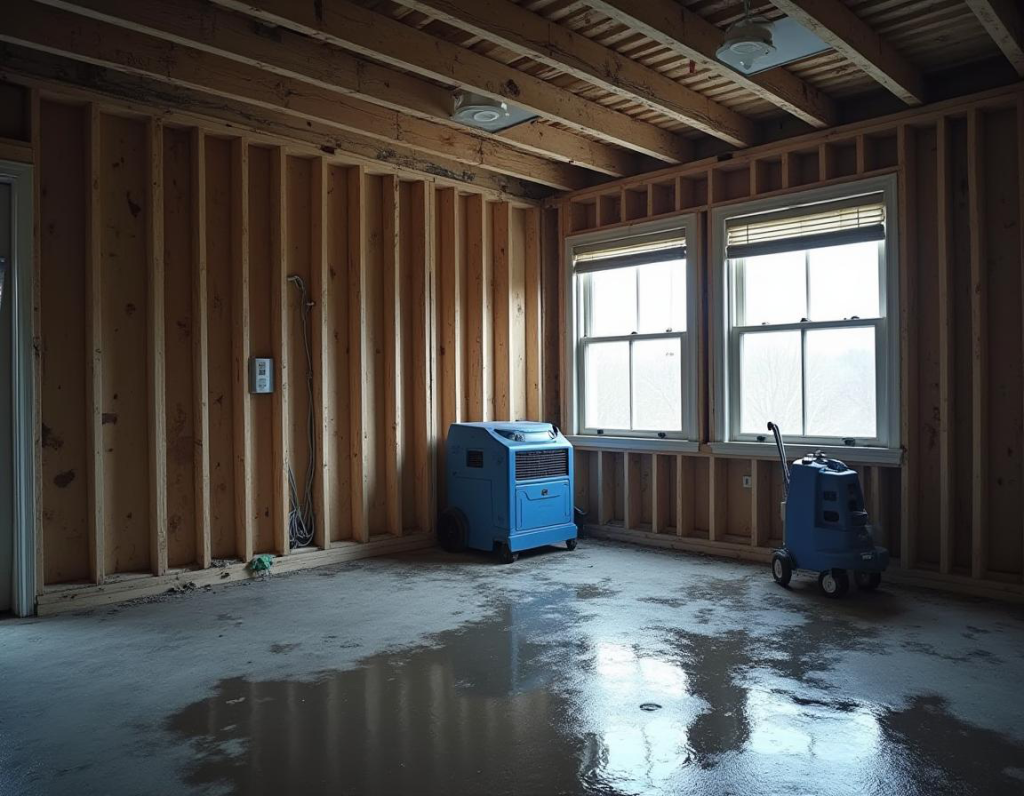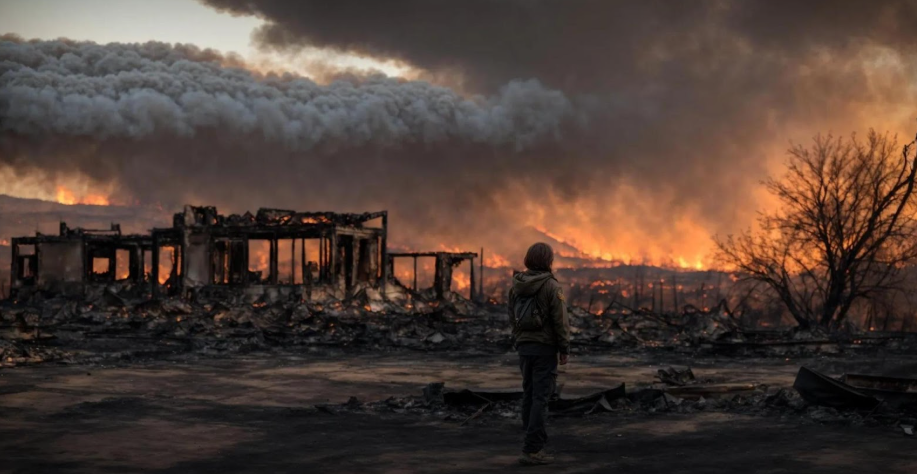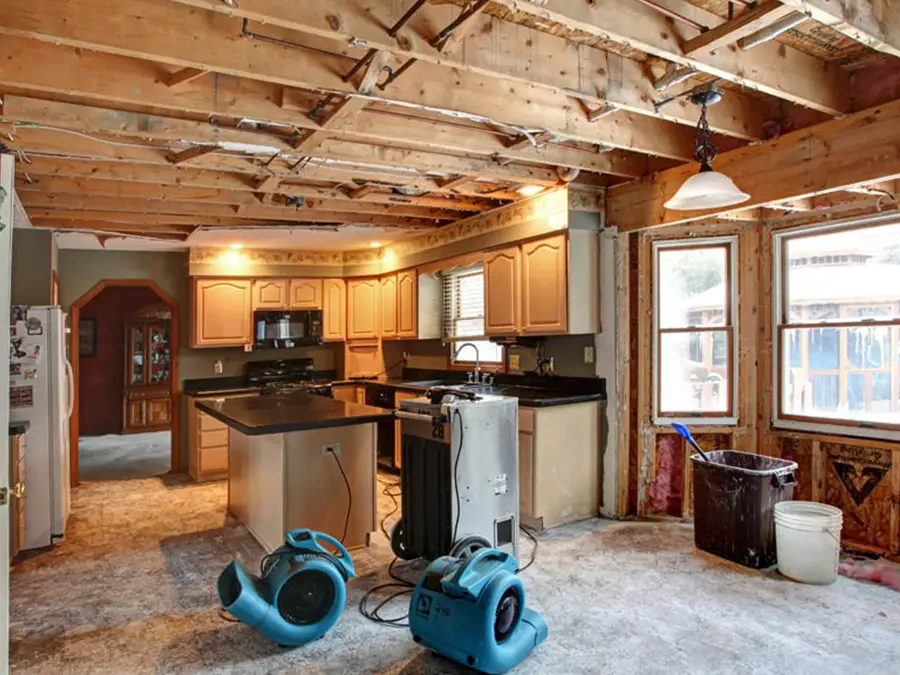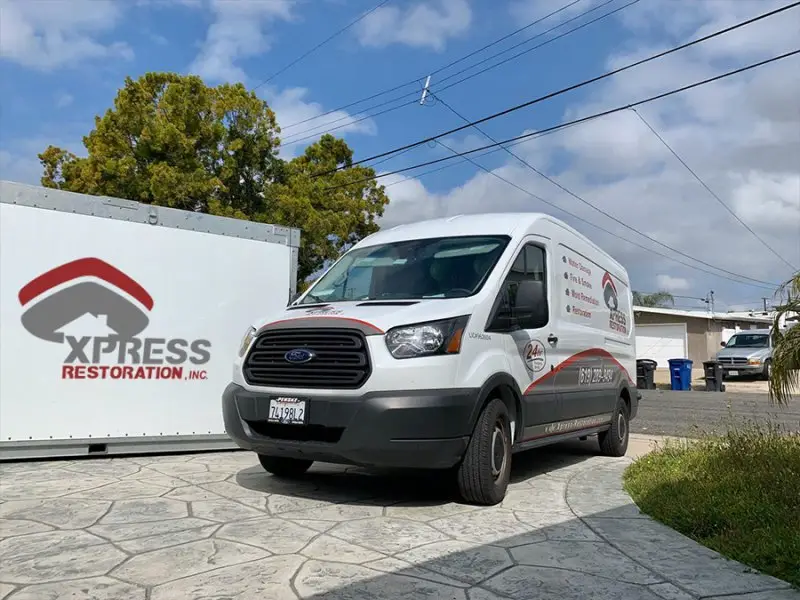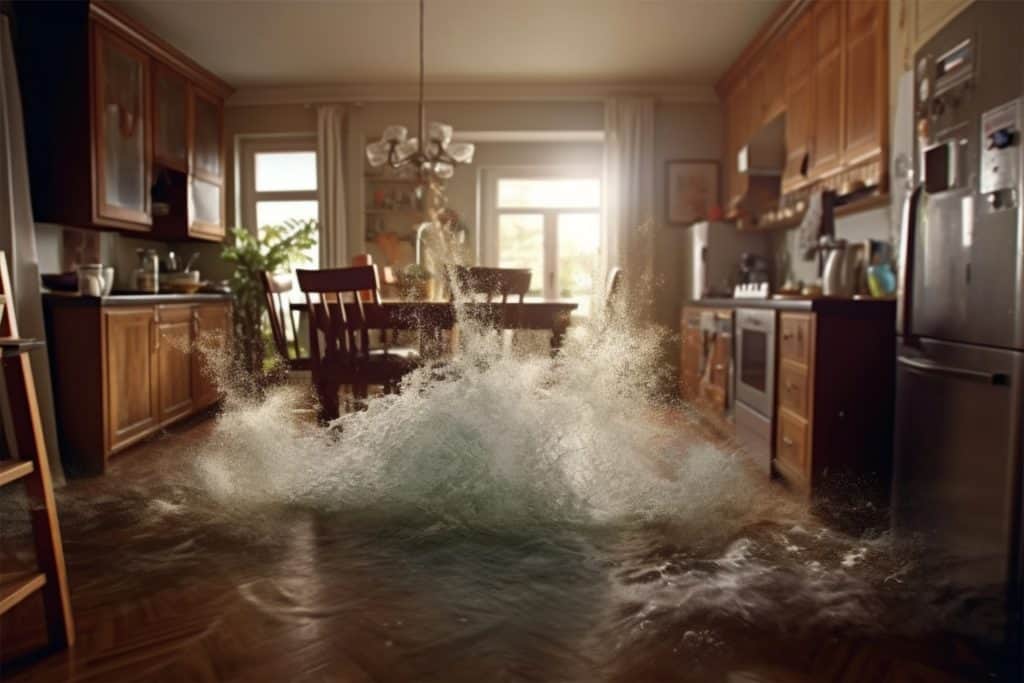Identifying the Source of Moisture
Identifying the source of moisture is critical in any water damage restoration process. Common sources include leaking pipes, overflows from appliances, or external factors such as heavy rainfall. Once the source has been pinpointed, appropriate measures can be taken to stop the flow of water and prevent further damage to the property.
This step often involves a thorough inspection of the property. Homeowners should check basements, crawl spaces, and attics, as these areas are prone to moisture accumulation. By identifying the root cause, homeowners can not only facilitate the restoration process but also mitigate potential health risks associated with mold growth.
Efficient Water Extraction Methods
Efficient water extraction is an essential part of the water restoration process, as standing water can lead to additional damage and the growth of mold. Professional restoration companies utilize specialized equipment such as pumps and vacuums to remove water quickly and effectively. Understanding different methods, such as truck-mounted extraction systems and portable units, can help homeowners make informed decisions when facing water damage.
After initial extraction, it's crucial to implement drying techniques to ensure all moisture is removed from the affected areas. Dehumidifiers and fans are typically employed to decrease humidity levels and expedite the drying process. Proper water extraction and drying play a vital role in protecting the integrity of the building and preventing future complications.
Key Steps in the Water Restoration Process
The water restoration process involves several key steps that are critical to restoring a property to its pre-damage condition. First, an assessment of the affected area is conducted to evaluate the extent of the damage. This helps in formulating a strategic plan tailored to the specific needs of the property.
Following the assessment, the restoration team will initiate water extraction, drying, and dehumidification, followed by cleaning and sanitizing affected materials. It's important to document each step for insurance purposes and to monitor progress. Ultimately, the goal of these steps is to restore functionality and safety while preventing further damage down the line.
